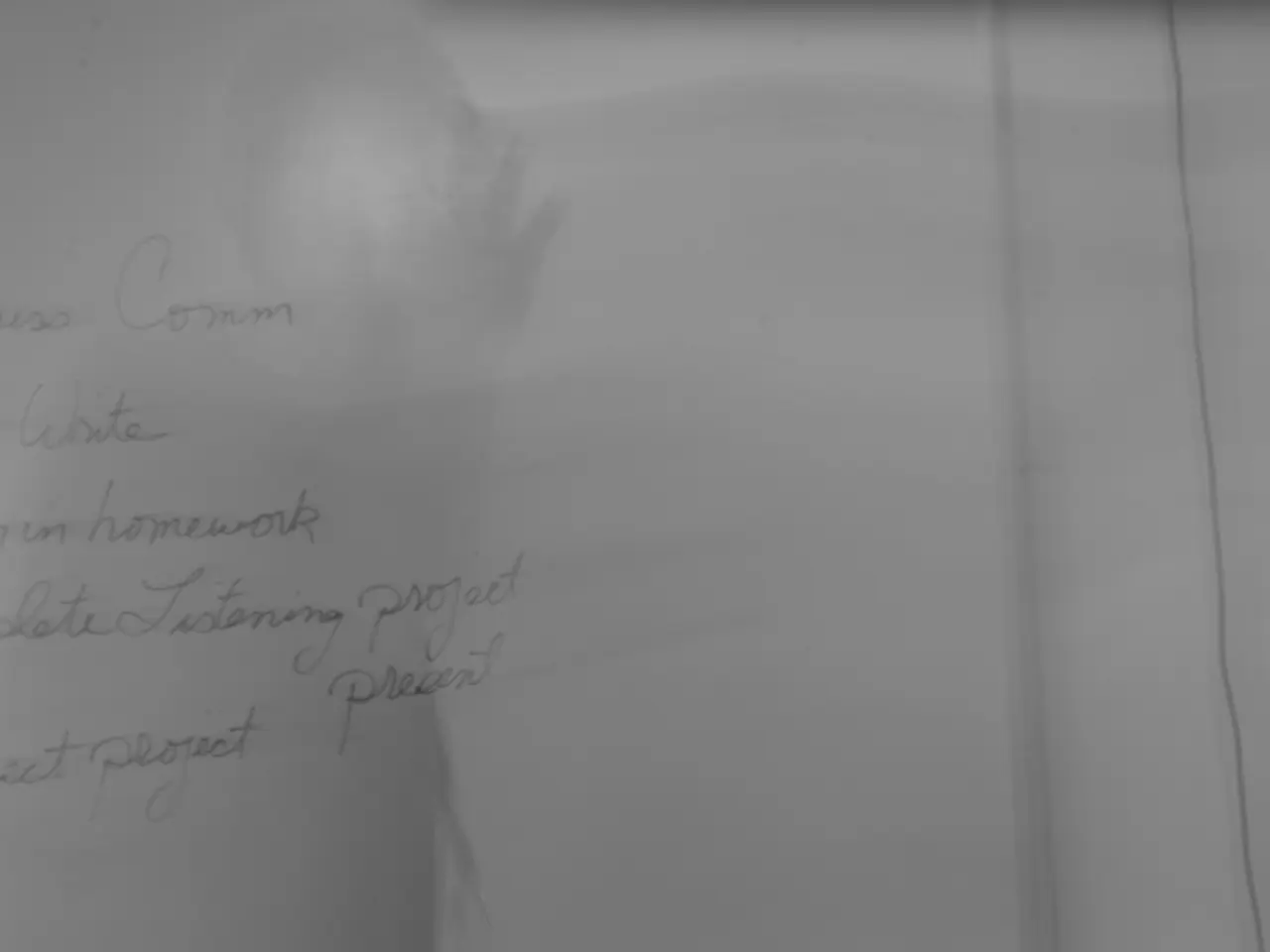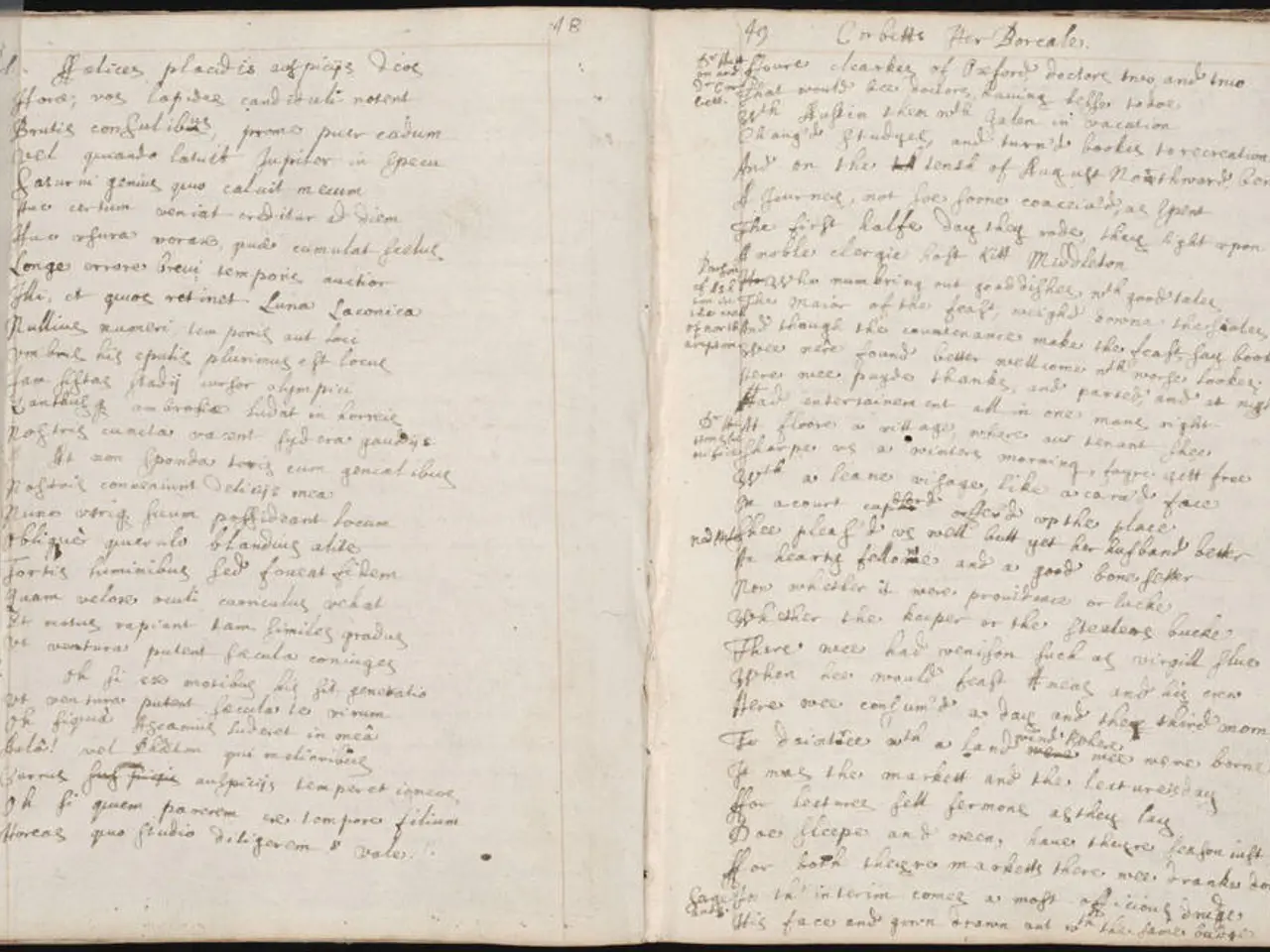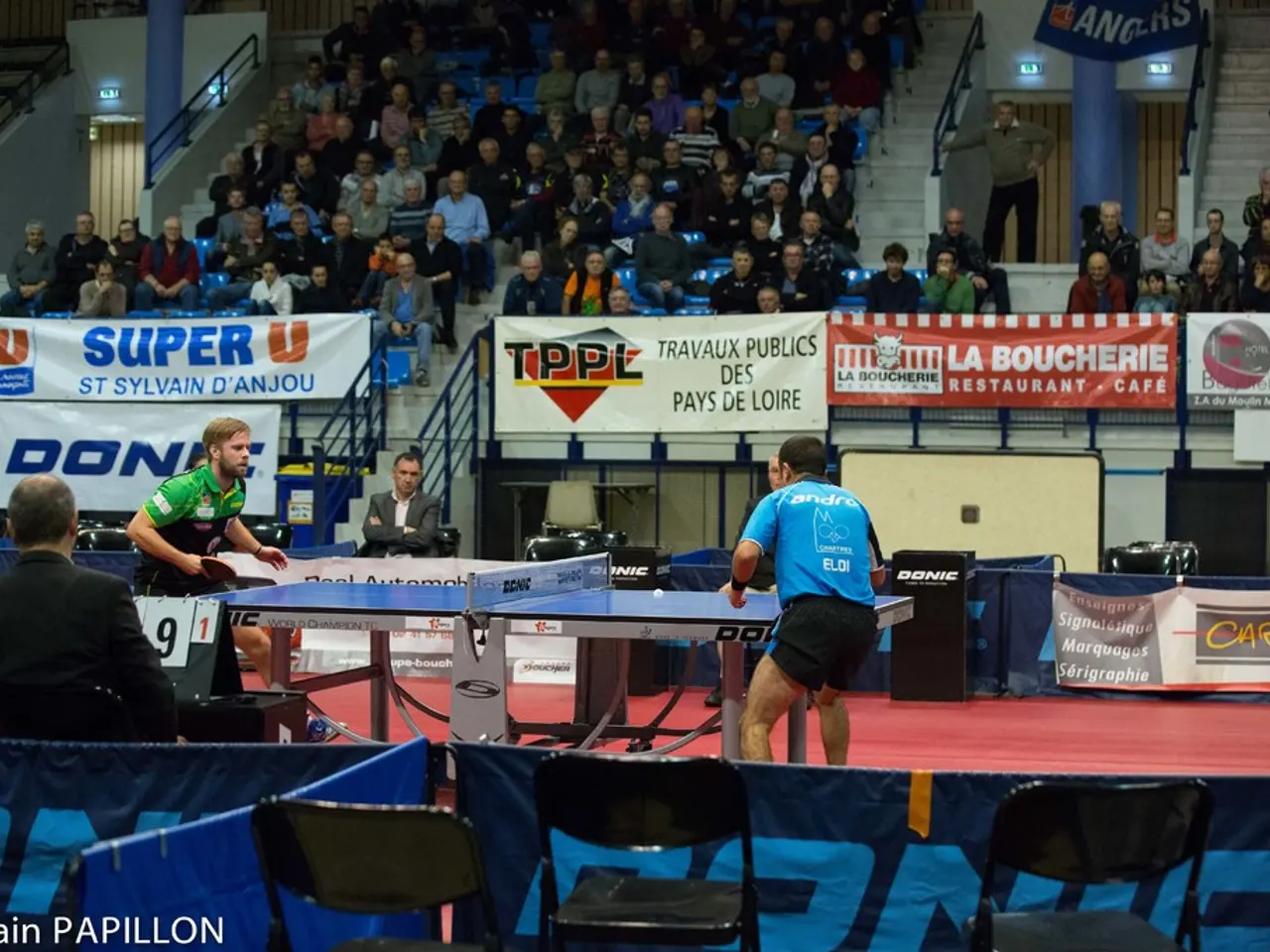U.S. and Germany to Discuss Steel Export Quantity Agreements, According to Merz
The European Union and the United States have agreed on a trade deal last month, as German Chancellor Friedrich Merz confirmed in the city of Saarbruecken. However, the agreement does not eliminate tariffs immediately but introduces a quota mechanism intended to ease tariffs on EU steel exports within historical volumes.
Under this new system, exports of steel up to a certain fixed historical volume will either face zero or significantly reduced tariffs. Steel exports beyond the quota will be subject to the full 50% tariff, a rate that currently applies to the EU steel industry for out-of-quota tariffs on its exports to the U.S.
Chancellor Merz's statement aligns with those from European Commission President Ursula von der Leyen, who described the deal as returning to a system similar to historical quotas between the EU and the UK, designed to protect traditional trade flows while addressing global competition concerns.
The negotiations on steel exports quotas will determine the final tariffs for steel exports from the EU to the US. These negotiations are crucial to determine the final tariffs, as per Merz, and will focus on quotas for steel exports that can be exported without high tariffs.
The EU-US trade deal in July included tariffs of 15% for most products, with negotiations continuing for certain sectors, including steel and aluminium. The current steel and aluminium tariffs in the EU-US trade deal stand at 50%.
Chancellor Merz described the EU-US trade deal as "painful" for the entire European industry, stating that the task now is to work out the "fine print" of the EU-US steel negotiations. He also announced that the EU is not in a position to initiate a full-blown trade dispute.
Merz's statement regarding the EU-US steel negotiations was made in the city of Saarbruecken, where he emphasised the importance of the negotiations for the EU steel industry. The deal, if finalised, would potentially ease the burden of tariffs on EU steel exports, but only within the agreed quotas. Beyond these quotas, the high tariffs would still apply.
This approach aims to manage global steel overcapacity while allowing a limited volume of EU steel exports at reduced or zero tariff, effectively "ring-fencing" traditional export volumes to the U.S. under historical quotas. Related steel-intensive goods like vehicles face a reduced tariff of 15%, down from previous higher rates, though this still imposes a heavy burden on EU steel-using industries.
[1] European Commission Press Release: EU-US Trade and Technology Council Joint Statement, 29 June 2021. [2] Financial Times: EU-US trade deal: what's in it for Europe?, 29 June 2021. [3] Reuters: EU-US trade deal includes steel and aluminium tariffs, 29 June 2021. [4] BBC News: EU-US trade deal: What's in it for Britain?, 29 June 2021.
- The upcoming negotiations on steel exports quotas under the EU-US trade deal are crucial in determining the final tariffs for EU steel exports to the U.S., as they will focus on determining the volume of steel that can be exported with reduced or no tariffs, aligning with Chancellor Merz's statement.
- The EU-US trade deal, which includes tariffs of 50% for steel exports, is aimed at managing global steel overcapacity while allowing a limited volume of EU steel exports at reduced or zero tariff, a system that resembles the historical quotas between the EU and the UK, as described by European Commission President Ursula von der Leyen.








